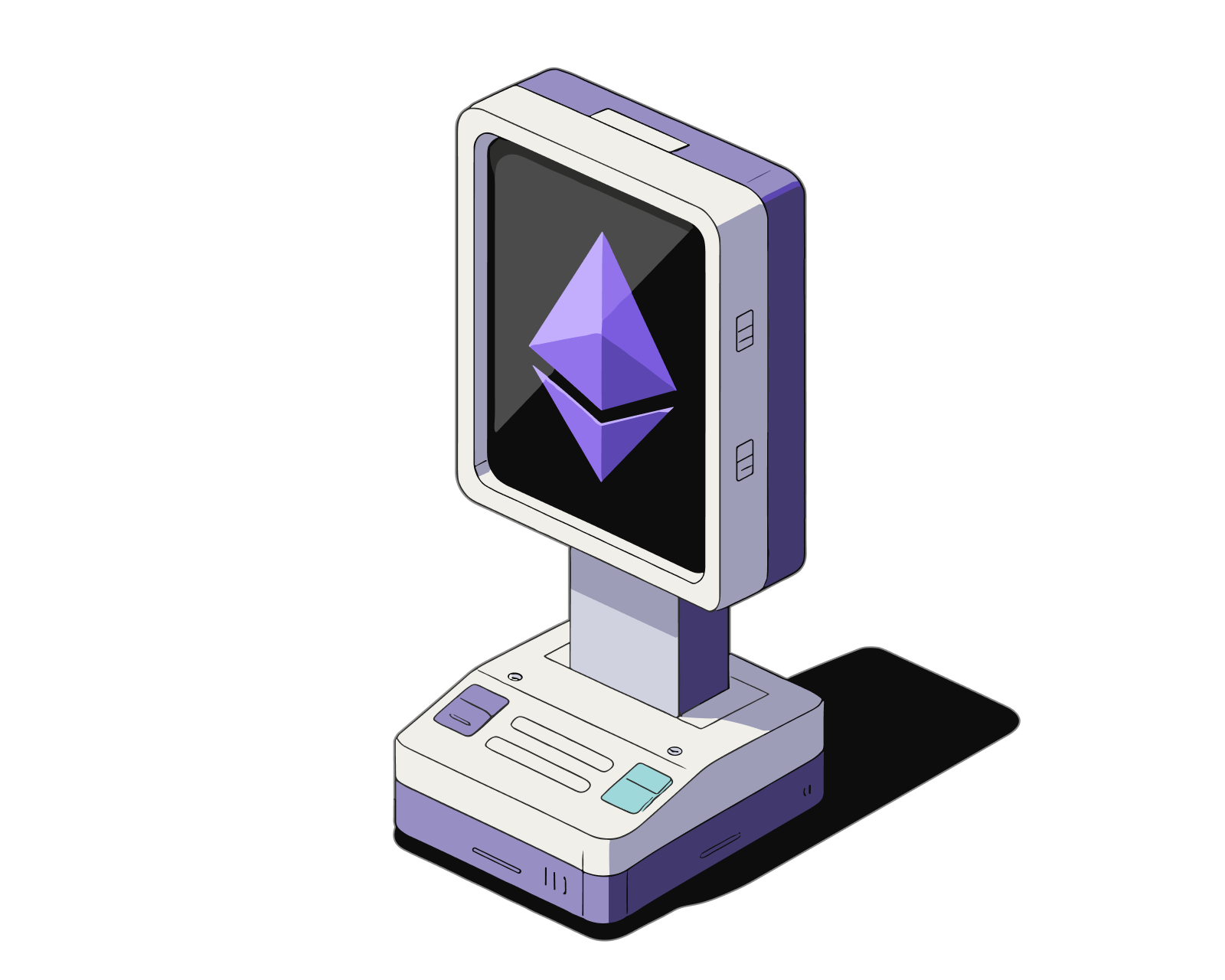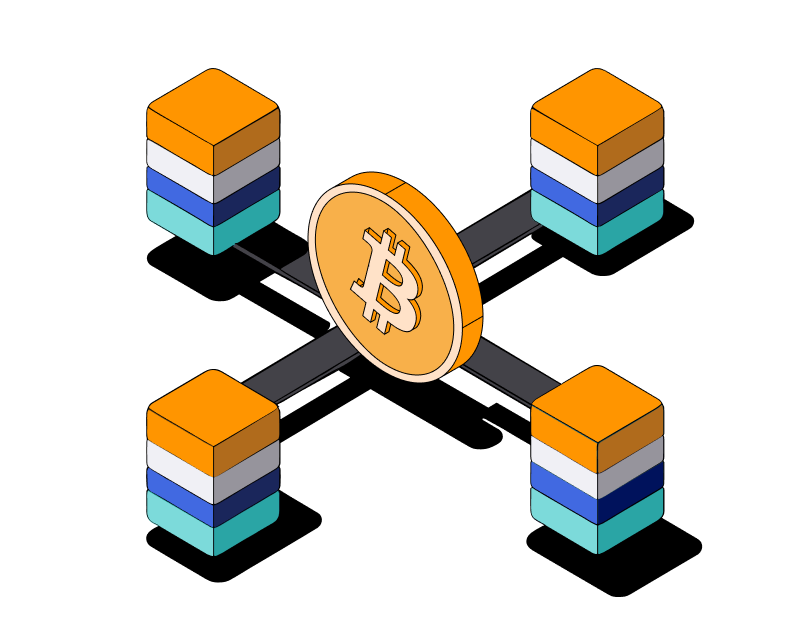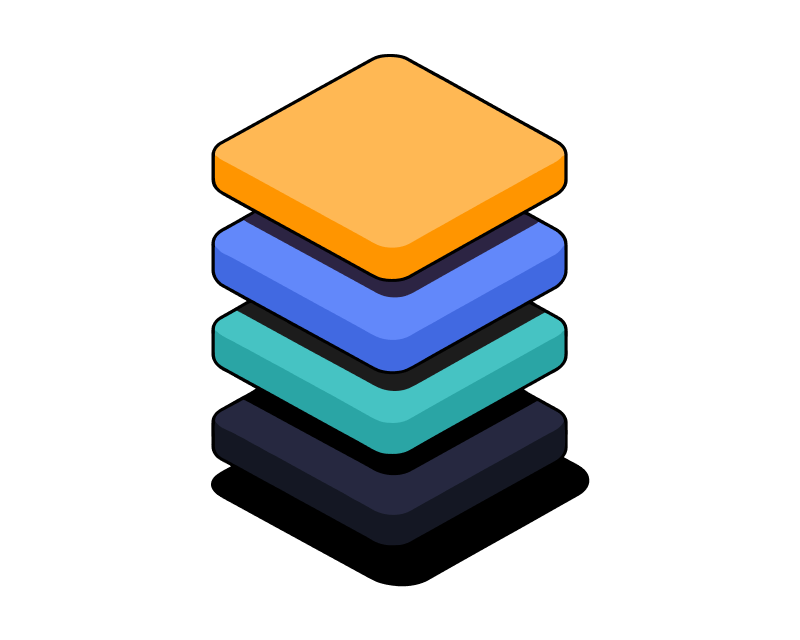ZK-Rollups vs. Optimistic Rollups: A Detailed Comparison

Table of Contents
ZK-Rollups vs. Optimistic Rollups: Comparing Layer-2 Solutions
ZK-Rollups and Optimistic Rollups are two leading Layer-2 scaling solutions designed to address the limitations of Layer-1 blockchains like Ethereum. They offer a way to process transactions off-chain, significantly reducing fees and increasing throughput while maintaining the security of the underlying blockchain.
This article explores the key differences between these two approaches, comparing their security models, transaction speeds, and future potential.
Get started with an introduction to Ethereum and Ethereum Layer-2 solutions. Learn the basics of crypto and blockchain with A Quick Introduction to Crypto and What is a Blockchain?.
Why We Need Layer-2 Solutions
Layer-1 blockchains, while secure and decentralized, often struggle with scalability. As transaction volume increases, networks can get congested, resulting in high fees and slow confirmation times. This hinders the broader use of blockchain technology for everyday applications. Layer-2 solutions aim to solve these problems by processing transactions off-chain and then settling them on the main blockchain periodically. This approach reduces the load on Layer-1, improving transaction throughput and lowering costs.
Explore blockchain layers and Layer-2 solutions for Bitcoin. Learn about sidechains and Bitcoin’s Lightning Network for scaling.
How Rollups Work
Both ZK-Rollups and Optimistic Rollups share a similar basic process:
- Off-Chain Transactions: Transactions are grouped and processed off-chain, reducing the work for Layer-1.
- Periodic Settlement: These grouped transactions are periodically submitted to the main blockchain as a single transaction.
- Data Availability: Transaction data is still kept on Layer-1 for transparency and verification.
- Security Inheritance: Both types inherit the security of the underlying Layer-1 blockchain, meaning disputes can be resolved on the main chain if needed. Learn more about Bitcoin transactions and how UTXOs contribute to security.
ZK-Rollups: Using Cryptographic Proofs
ZK-Rollups (Zero-Knowledge Rollups) use zero-knowledge proofs for security. These proofs let one party prove a statement is true to another party without sharing any details beyond the statement's truth. This means a cryptographic proof of all bundled transactions is created and sent to Layer-1. This proof can be checked quickly, guaranteeing the off-chain calculations are correct without revealing individual transaction details.
Advantages of ZK-Rollups:
- High Security: Zero-knowledge proofs offer strong cryptographic guarantees.
- Fast Finality: Transactions are final almost instantly after being processed off-chain.
- Better Privacy: Zero-knowledge proofs can hide transaction details. Learn about Bitcoin privacy.
Challenges of ZK-Rollups:
- Computationally Intensive: Creating proofs can be resource-heavy.
- Complex Development: Implementing ZK-Rollups requires specialized knowledge.
- EVM Compatibility: Requires modifications to work with the Ethereum Virtual Machine (EVM). Learn more about smart contracts.
Optimistic Rollups: Assuming Honesty
Optimistic Rollups assume transactions are valid unless proven otherwise. They use a "fraud proof" system. Anyone can challenge a transaction's validity within a certain time (usually one week). If a fraudulent transaction is found, a fraud proof is submitted to Layer-1, reversing the bad transaction and penalizing the bad actor.
Advantages of Optimistic Rollups:
- Lower Computational Cost: Less resource-intensive than ZK-Rollups.
- EVM Compatibility: Works natively with the EVM, allowing for more decentralized applications (dApps).
- Simpler Development: Easier to implement than ZK-Rollups.
Challenges of Optimistic Rollups:
- Slower Finality: Transactions aren't final until the challenge period ends.
- Security Risks: Relies on the assumption of honesty and a working fraud proof system.
- Potential Disputes: The fraud proof system can cause disagreements and delays.
Comparing ZK-Rollups and Optimistic Rollups
| Feature | ZK-Rollups | Optimistic Rollups |
|---|---|---|
| Security | Zero-knowledge proofs | Fraud proofs |
| Finality | Faster | Slower due to challenge period |
| Privacy | Enhanced | Lower |
| Computational Cost | Higher | Lower |
| Development | More complex | Simpler |
| EVM Compatibility | Requires modifications | Works natively |
Choosing the Right Rollup
The best choice depends on the specific use case.
-
ZK-Rollups are ideal for high-value transactions or applications needing instant finality, such as decentralized exchanges (DEXs) like dYdX and privacy-focused applications like zkSync. Other notable projects utilizing ZK-Rollups include StarkNet, Linea (by Consensys), Abstract, Polygon zkEVM, and Loopring, which leverage zero-knowledge proofs for scalability and security.
-
Optimistic Rollups are better suited for applications prioritizing cost-effectiveness and EVM compatibility, such as decentralized finance (DeFi) platforms like Arbitrum and Optimism. Additionally, the Optimism Stack is a modular framework that enables developers to build Optimistic Rollup-based Layer-2 solutions efficiently, further expanding its adoption. Projects leveraging the Optimism Stack include Base (by Coinbase), Soneium (by Sony), Mode, opBNB (by BNB Smart Chain), Fuel Ignition, Taiko, Lisk, Unichain, Superseed, and Celo.
Learn about DEXs and DeFi, which can benefit from these solutions.
Future of Rollups
Both rollup types are evolving rapidly. Hybrid solutions are emerging, aiming to combine the benefits of ZK and Optimistic Rollups. Additionally, new innovations like Validium and Optimium seek to enhance scalability further by storing data off-chain while maintaining security through cryptographic proofs. Projects such as Mantle (by Bybit), Mantra Pacific, Fraxtal (by Frax Finance), Sophon, and Immutable X are leveraging these technologies to push the boundaries of Layer-2 scalability.
Conclusion
ZK-Rollups and Optimistic Rollups are vital for blockchain scalability, enabling faster and cheaper transactions while maintaining security. Understanding their differences is key for developers and users in the evolving DeFi landscape. As rollup technology advances, new hybrid models and improvements in scalability will shape the future of blockchain transactions.
Learn more about Ethereum and its ecosystem. Explore ERC-20 tokens, how to buy ETH, and how to create an Ethereum wallet. For Bitcoin basics, check out What is Bitcoin? and A Quick Introduction to Bitcoin.
Related guides
Start from here →

What is Ethereum?
Understand Ethereum's key characteristics.

What is layer 2 on Ethereum?
Layer 2 is an umbrella term to describe solutions that build on top of Ethereum mainnet (layer 1) to improve the scalability of the Ethereum network.
Read this article →
What is layer 2 on Ethereum?
Layer 2 is an umbrella term to describe solutions that build on top of Ethereum mainnet (layer 1) to improve the scalability of the Ethereum network.

What's a smart contract?
Get the basics on the "software" that runs on decentralized networks.
Read this article →
What's a smart contract?
Get the basics on the "software" that runs on decentralized networks.

What are ERC-20 tokens?
Learn the basics of the Ethereum token standard, what ERC-20 tokens are used for, and how they work.
Read this article →
What are ERC-20 tokens?
Learn the basics of the Ethereum token standard, what ERC-20 tokens are used for, and how they work.

What is a Blockchain?
This beginner's guide explains blockchain, its importance in cryptocurrencies, and how it works. Explore its uses, advantages, and future potential.
Read this article →
What is a Blockchain?
This beginner's guide explains blockchain, its importance in cryptocurrencies, and how it works. Explore its uses, advantages, and future potential.

Blockchain Layers Explained
A deep dive into the different layers of blockchain technology, from Layer 0 to Layer 3, and their role in the crypto ecosystem.
Read this article →
Blockchain Layers Explained
A deep dive into the different layers of blockchain technology, from Layer 0 to Layer 3, and their role in the crypto ecosystem.
STAY AHEAD IN CRYPTO
Stay ahead in crypto with our weekly newsletter delivering the insights that matter most
Weekly crypto news, curated for you
Actionable insights and educational tips
Updates on products fueling economic freedom
No spam. Unsubscribe anytime.



Start investing safely with the Bitcoin.com Wallet
Over wallets created so far
Everything you need to buy, sell, trade, and invest your Bitcoin and cryptocurrency securely

© 2025 Saint Bitts LLC Bitcoin.com. All rights reserved


